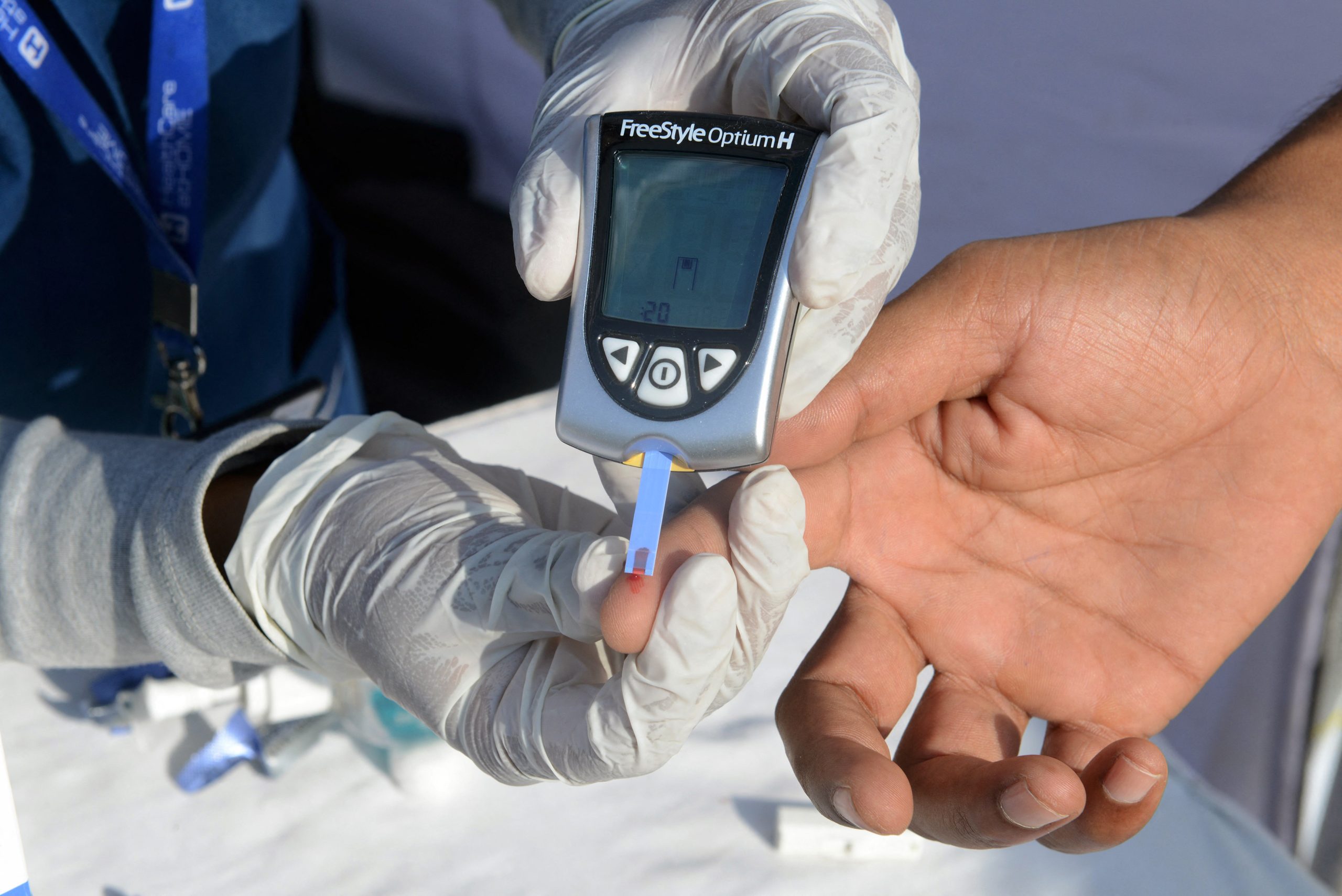
Brian Sheldon, a 64-year-old American, did not expect to recover from diabetes, which turned his life upside down and he lost his job, and now feels his life has “completely changed”.
Sheldon’s case raises hopes that a new treatment based on stem cells could find a cure for type 1 diabetes, eliminating the need for insulin that is not available to everyone and its high cost.
And publication The New York Times A report reviewed the American case, described what happened to him as a “miracle” and referred to the doctor behind the discovery, who was determined to find a cure for the disease after his two sons became ill. Early stage of their lives.
Type 1 diabetes, which is less common than type 2 and usually appears in childhood or adolescence, is caused by the pancreas’ inability to produce insulin or the body’s inability to use it effectively, forcing the patient to take daily insulin. Needle form.
Symptoms include excessive urination, constant thirst and hunger, weight loss, blurred vision and fatigue. And unlike type 2 diabetes, if patients do not get insulin injections, type 1 can lead to serious complications and even death.
Pancreatic transplantation is only available but it is not available according to the number of patients.
The paper report indicates the burden of insulin availability to patients.
There was the World Health Organization She said In this year’s report, which marks the centenary of the discovery of insulin, it has not yet reached many.
Bitter experience and happy ending
The New York Times reports that Silton lost consciousness while working in the postal service, which led to his retirement after a quarter of a century in service.
This year, Sheldon was invited to participate in a clinical trial for patients with type 1 diabetes, which was conducted by Vertex to test a treatment that an American scientist had developed over decades.
Shelton was the first patient to undergo this experiment, on June 29, injected pancreatic cells, cultured in the laboratory with stem cells, and now has insulin available to him and is able to control the level of insulin in the blood.
“It’s a new life.”
We welcome experts
Experts who were not involved in the experiment welcomed the results. “We’ve been looking for something like this for decades,” Dr. Earl Hirsch, a diabetes expert at the University of Washington, told the American newspaper, expressing his desire for the test to be repeated for many, which came as a surprise. No adverse effects occur, and he wanted to know if the cells would last a lifetime or if treatment would have to be repeated.
Dr Peter Butler, a diabetes specialist at the University of California, Los Angeles, said: “It’s a miracle that the ability to regain lost cells by recovering diabetes is like the miracle of the discovery of insulin 100 years ago. . “
Experts urged to be cautious about the results and to wait until the end of the 5-year trial, of which 17 have been diagnosed with type 1 diabetes and warned that this does not apply to the most common type 2 diabetics.
Family experience behind innovation
The newspaper reports that Harvard biologist Doug Melton began researching a new treatment following the illness of his infant “Sam” in 1991, when he was less than six months old, had an infection, and Sam was fourteen years old, with the same disease.
After his son suffered from acupuncture and insulin deficiency, Melton was determined to find a cure for diabetes and to study the problem of converting embryonic stem cells into insulin-producing cells to treat patients.
The scientist received private funding from the Howard Hughes Medical Institute, Harvard University and others to set up a laboratory, and his team has been studying the issue for 20 years.
Ten years after cells failed to produce insulin-producing cells, a “miracle” occurred in 2014 when a doctoral researcher at the laboratory, Felicia Pacliuca, discovered that the stem cells had turned blue overnight, a sign that pancreatic cells were being acquired.
After that, Drs. Melton founded a company that conducted experiments on rats and mice, and later showed that the treatment works well, and later acquired the company “Vertex” to conduct clinical trials, in which Silton offers to participate, and he acquired immunity. The drugs did not stop the work of new cells in his immune system.
A few days after the surgery, Sheldon measured his blood sugar and found that it was better, and even after he and his wife ate a normal diet, his blood sugar was found to be in the normal range.

“Award-winning beer geek. Extreme coffeeaholic. Introvert. Avid travel specialist. Hipster-friendly communicator.”







